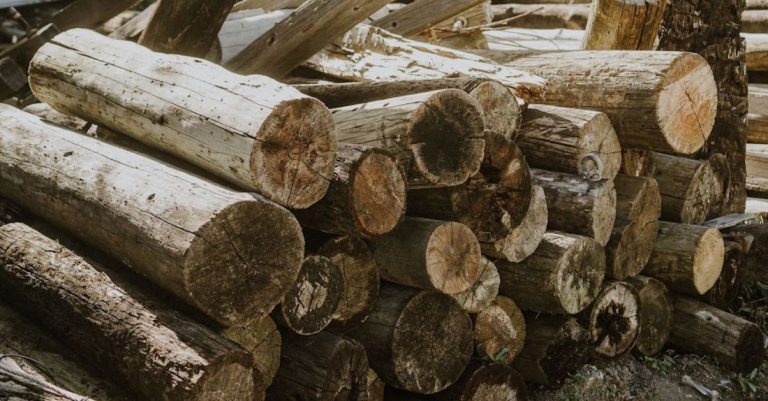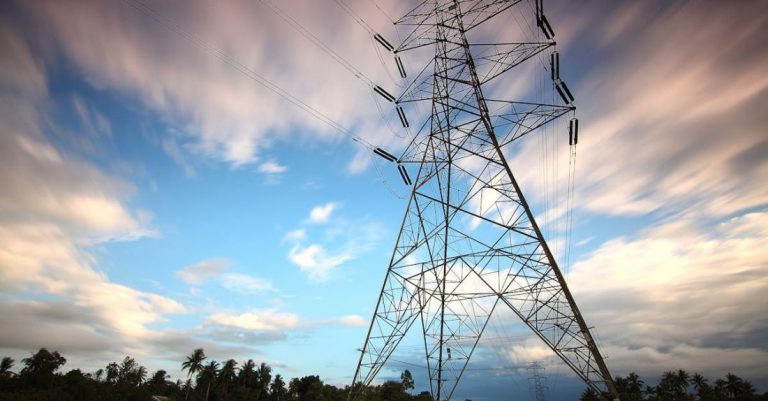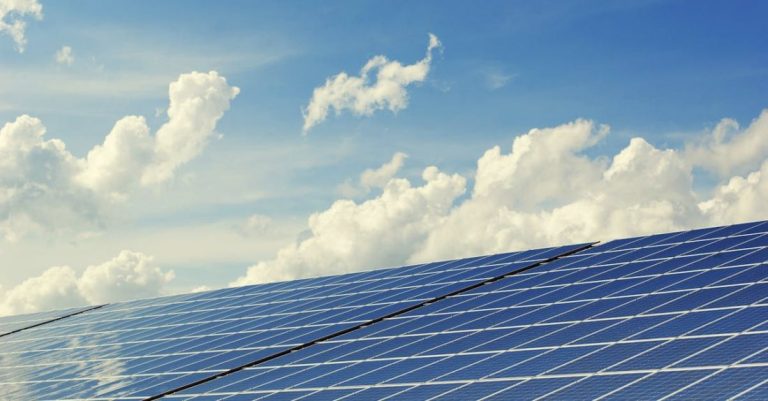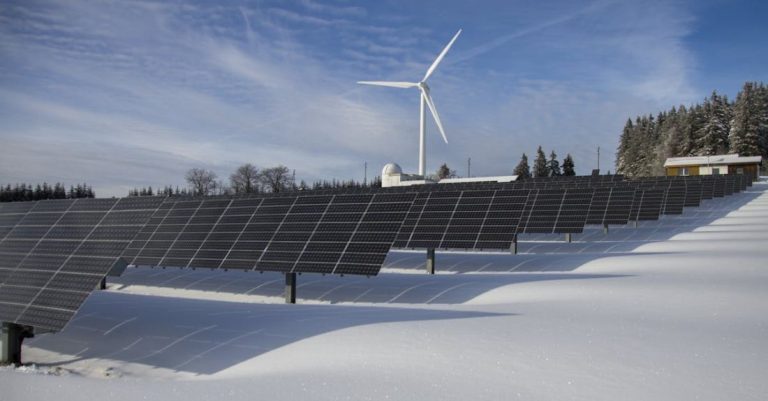
Geothermal heating systems are gaining popularity as an energy-efficient and environmentally friendly way to heat homes. By harnessing the natural heat stored beneath the Earth’s surface, homeowners can reduce their reliance on traditional heating methods and lower their utility bills. If you’re considering installing a home geothermal heating system, here is a comprehensive guide to help you navigate the process.
Understanding Geothermal Heating Systems
Geothermal heating systems work by utilizing the constant temperature of the Earth below the frost line to heat and cool a home. This renewable energy source is more efficient than traditional heating systems because it doesn’t rely on burning fossil fuels to generate heat. Instead, a geothermal heat pump transfers heat to and from the ground to provide consistent heating and cooling throughout the year.
Assessing Your Property
Before installing a geothermal heating system, it’s essential to assess your property to determine if it’s suitable for this type of system. Factors such as soil type, land availability, and local climate can impact the feasibility and efficiency of a geothermal system. Consulting with a professional geothermal contractor can help you evaluate these factors and determine the best system for your home.
Choosing the Right System
There are two main types of geothermal heating systems: open-loop and closed-loop. An open-loop system uses groundwater as a heat source, while a closed-loop system circulates a refrigerant through a series of underground pipes. The type of system you choose will depend on factors such as water availability, soil conditions, and installation costs. A geothermal contractor can help you select the right system for your home.
Obtaining Permits and Approvals
Before installing a geothermal heating system, you’ll need to obtain the necessary permits and approvals from local authorities. This ensures that your system complies with building codes and environmental regulations. Working with a licensed geothermal contractor can help streamline this process and ensure that your system is installed correctly.
Preparing Your Property
Once you’ve selected a geothermal heating system and obtained the required permits, it’s time to prepare your property for installation. This may involve clearing the installation site, excavating trenches for the underground pipes, and making any necessary modifications to your home’s heating system. A geothermal contractor will oversee this process and ensure that everything is done according to industry standards.
Installing the System
The installation of a geothermal heating system is a complex process that should only be carried out by trained professionals. This typically involves drilling boreholes or trenches for the underground pipes, connecting the pipes to the heat pump, and testing the system for efficiency and performance. A geothermal contractor will handle all aspects of the installation to ensure that your system operates optimally.
Testing and Commissioning
After the geothermal heating system is installed, it will undergo testing and commissioning to ensure that it is functioning correctly. This may involve running diagnostic tests, adjusting system settings, and verifying that the system can heat and cool your home effectively. A geothermal contractor will oversee this process and make any necessary adjustments to optimize system performance.
Maintaining Your Geothermal System
Once your geothermal heating system is up and running, it’s essential to maintain it regularly to ensure optimal performance and longevity. This may involve scheduling annual inspections, changing air filters, and monitoring system efficiency. By staying on top of maintenance tasks, you can extend the lifespan of your geothermal system and maximize energy savings.
Incorporating a geothermal heating system into your home can provide long-term benefits in terms of energy efficiency, cost savings, and environmental sustainability. By following these steps and working with a professional geothermal contractor, you can install a home geothermal heating system that will keep you comfortable year-round while reducing your carbon footprint.





